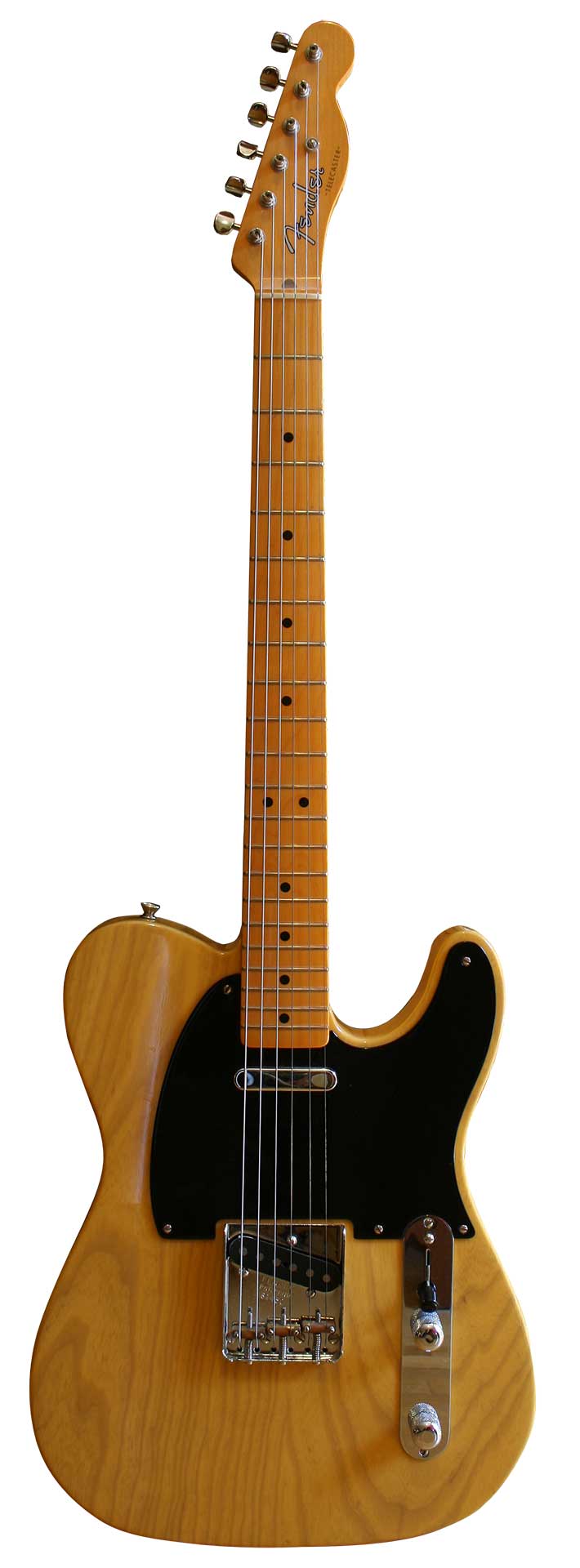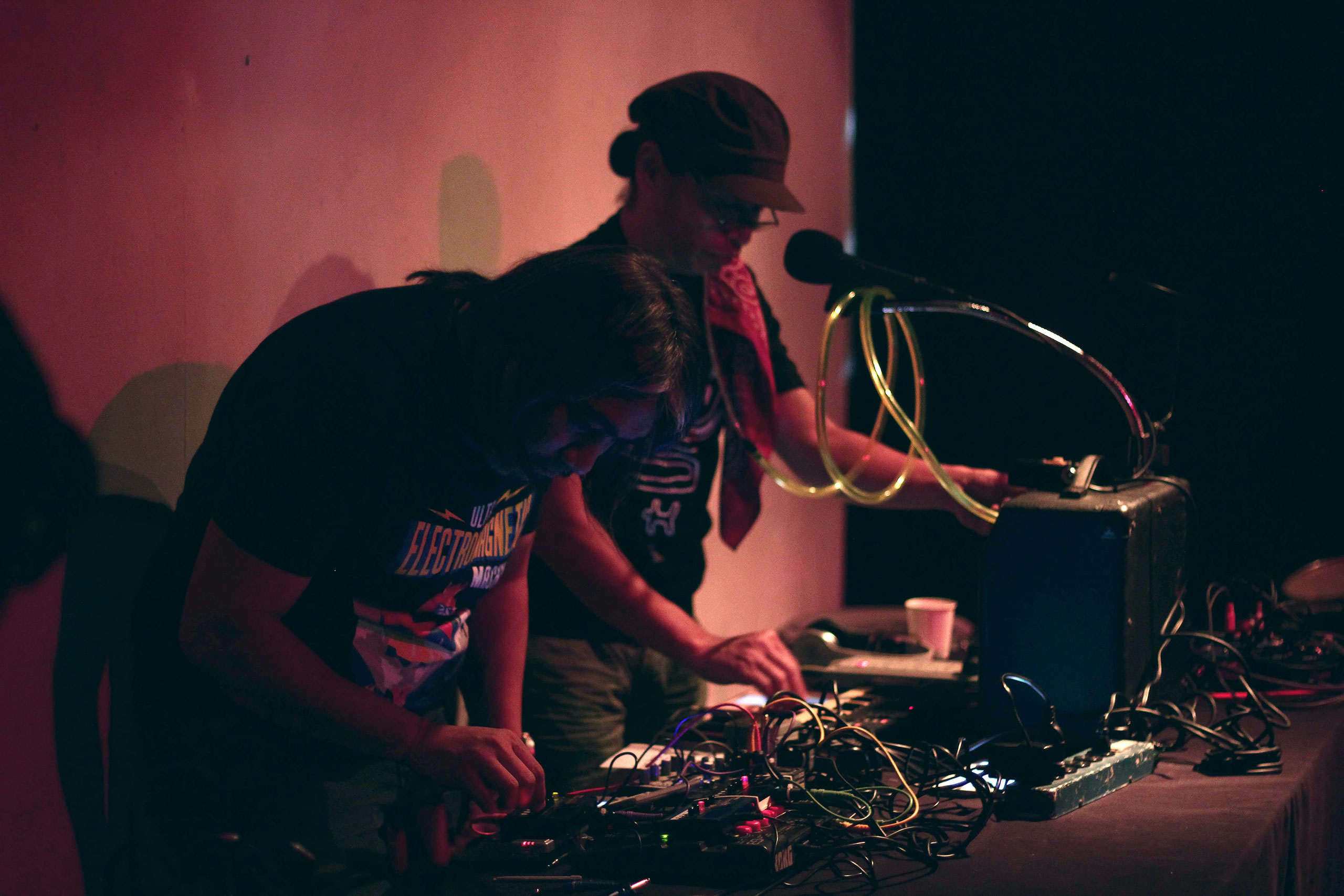This chronology pays particular attention to the evolution of sound culture from its quantitative to qualitative change induced by the popularization of technological objects. For instance, Telecaster was a kind of solid-body electric guitar produced since 1950. As a type of electronic musical instrument featuring mind-blowing volume and peculiar sound quality, its mass production has made itself more easily available for musicians. Nowadays, electric guitar has become the most important instrument for pop music since the 1960s. Apart from mass production, technical standardization was another driving force behind the sound culture evolution. For example, the Musical Instrument Digital Interface (MIDI), a communication protocol for electronic musical instruments, came out in 1983. No sooner did the music industry fully accept MIDI as the standard than the fate of electronicization and digitalization (in terms of production process, aesthetic form, and listeners’ preference) befell pop music.
The last event listed in the chronology is artificial voice generation, a sound-making technology that has advanced and popularized rapidly in recent years. The sounds generated by artificial intelligence (AI) and machines are capable of interacting with human beings. Artificial voice generation (e.g., SIRI) has become a default built-in function of mobile devices like smartphones. Besides, AI-generated pop music is now a budding music genre. How will these sound technologies influence our perception and consciousness? Perhaps the following phenomenon emerging in recent years is sufficient to inspire a riotous profusion of imaginations about artificial voice. Hatsune Miku, a Vocaloid software able to generate a girl’s vocals by synthesizing tones and lyrics, was released in 2007. It not only led to a boom in amateur music-making, but also became a virtual idol who caused a great sensation. Many of its fans claim that Hatsune Miku is a real person rather than a piece of software. A sound-making device can utter sounds on behalf of us, and it may even “become a human being” in the future. It’s a matter absolutely worthy of our continuous observation.
In sum, being part of the exhibition Sound Meridians, this chronology of “The Evolution of Sound Apparatus in Taiwan” is in tandem with Teng’s work After All These Years, hoping to spark alternative thoughts on modern sound development in Taiwan: what these technological sounding objects create are the “prerequisites” for transmitting sounds to remote places and the future, as well as the substructure on which sounds can be heard and experiences can be remembered or even reinterpreted. As a phantom cast adrift in history, Rainy Night Flowers rests its very “existence” upon the constantly metamorphosing and evolving network of sound apparatus, a network that guarantees the dynamism and extension of the song—along with the emotions, memories, and willpower it carries—in the vast span of history.

Telecaster was a kind of solid-body electric guitar produced since 1950. (source: Wikipedia)

Hatsune Miku, a Vocaloid software able to generate a girl’s vocals (source: Wikipedia)


